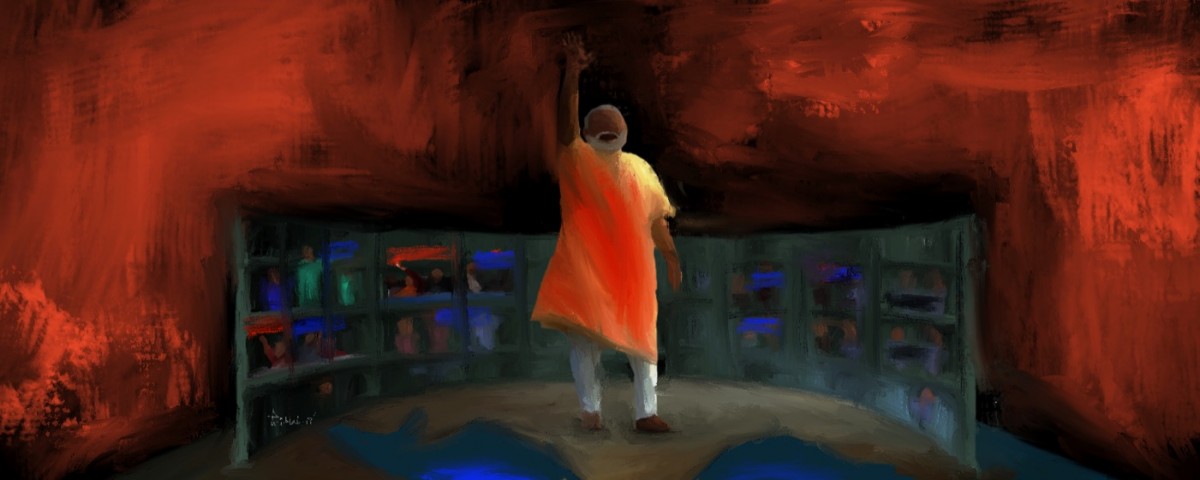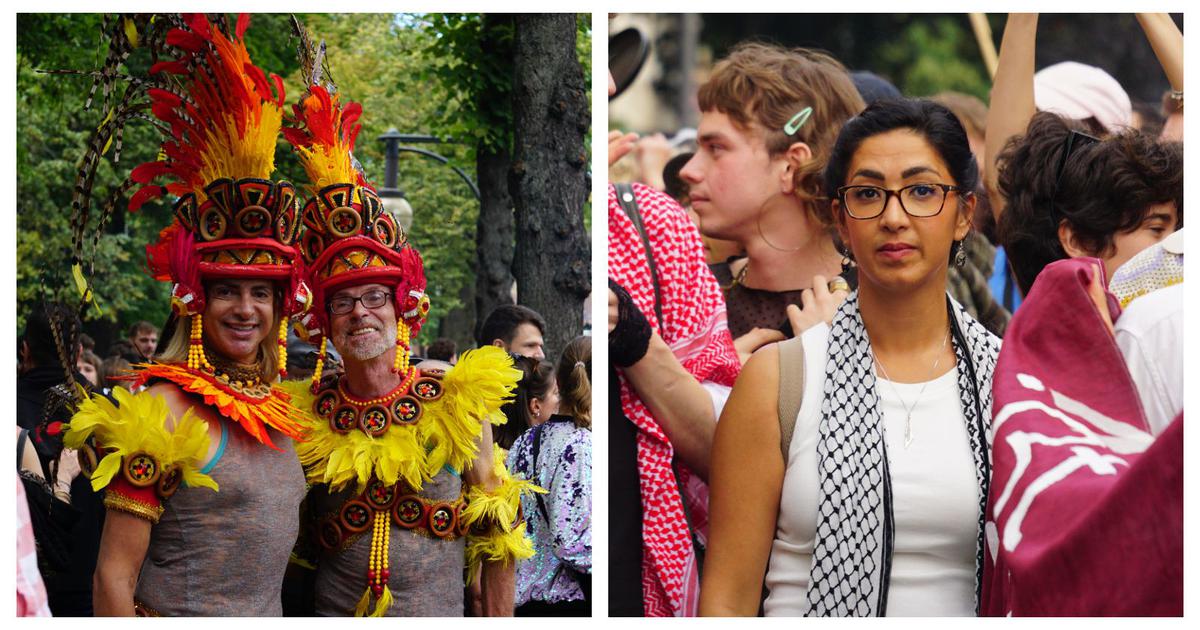by MATHEW JOHN

The Feku regime has found an ingenious way of making people “disappear” whose loyalties are uncertain, eerily reminding one of George Orwell’s dystopian novel ‘1984’.
“Why, man, he doth bestride the narrow world like a Colossus, and we petty men walk under his huge legs and peep about to find ourselves dishonourable graves… The fault dear Brutus is not in our stars but in ourselves that we are underlings.”
– From the play Julius Caesar, by Shakespeare
My story is about Bholistan, a dystopian country eerily like ours, brimming with injustice and oppression. For a whole decade and more, that benighted land has been ruled by a Feku – cruel, mendacious, boorish and wrapped up in himself. He has wielded untrammelled power that he has used to tyrannise and bamboozle his people who have meekly submitted to his every command as he wrecks their world – values, kinship, institutions – for his own gain and that of his cohorts.
The special intensive revision (SIR) of electoral rolls in Maghda is the latest atrocity that the Feku has inflicted on his people. From being a vocal critic of the universal Uphaar identity card scheme before coming to power in 2014, calling it a “political gimmick”, he pushed the Uphaar Act through the legislature in 2016 and since then had made it mandatory for all kinds of purposes including filing of income tax returns, availing of government welfare schemes, getting a passport, opening a bank account, as identity for voting and what have you.
But now the Feku and his factotums in the National Electoral Commission (NEC) have decided to pull the rug from under the people’s feet. The long-suffering citizens, whose lives are being disrupted repeatedly on account of the Feku’s hare-brained or mischievous schemes have been told that the Uphaar card is no longer proof of citizenship or date of birth.
With the upcoming Maghda election in mind and with the obvious but unstated intent of excluding dadi-topiwalas and the marginalised from the electoral process, the NEC has completed the special intensive revision (SIR) of electoral rolls in Maghda, but not before shockingly deciding that the Uphaar, voter ID and ration cards are not valid indicative documents for voter registration.
Consequently, a huge swathe of the electorate has been disenfranchised. Out of 7.40 crore electors as many as 80 lakh have been denied the vote. A cute Labrador, though, was issued a residence certificate, thereby demonstrating the unbridled power of the NEC to cull and hand-pick the electorate.
The Feku regime has indeed found an ingenious way of making people “disappear” whose loyalties are uncertain, which reminds one of George Orwell’s dystopian novel 1984, that described the Party’s practice of making individuals who were inconvenient to disappear from society, history and memory, effectively turning them into ‘unpersons’. It’s surreal, the way the Feku has been trampling all over his country’s constitution and the values that underpin it, even as the guardians of the constitution – the judiciary – hems and haws but then does his bidding. And his people are mute.
Given the Feku’s dodgy educational credentials, the rumour that he keeps a copy of Mein Kamph by his bedside is probably apocryphal. What is indubitable, though, is that he has somehow imbibed the Fuhrer’s tips on how to propagate the Big Lie: “The receptivity of the masses is very limited, their intelligence is small but their power of forgetting enormous…all effective propaganda must be limited to a few points and must harp on these in slogans.”
The Great Dictator also commended the art of lying: “Great liars are also great magicians.” The Feku has acted decisively on this advice.
The Wire for more







